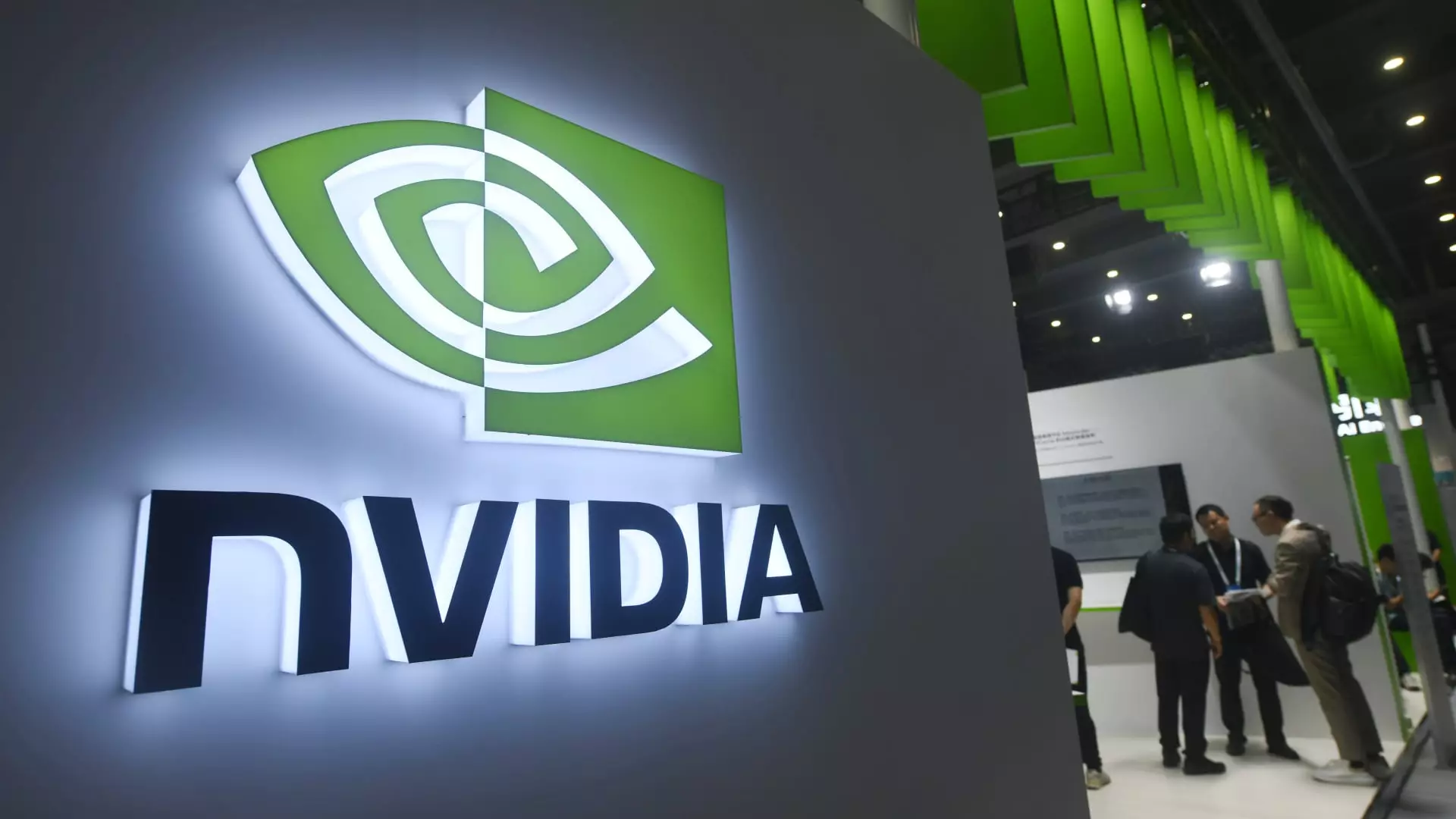The convergence of technology and healthcare has been a slow-burning phenomenon, yet it is currently undergoing a seismic shift, largely due to advancements in artificial intelligence (AI). With the HLTH conference commencing next week in Las Vegas, the spotlight is set to shine on the innovative applications of AI designed specifically for healthcare settings. Major tech players like Nvidia, Google, and Microsoft are racing to demonstrate how their digital tools can alleviate the exorbitant administrative burdens felt by doctors and nurses alike. As healthcare faces an uphill battle to mitigate burnout and address a projected shortage of 100,000 healthcare workers by 2028, the industry appears poised for transformative change.
Healthcare professionals are often overwhelmed with documentation workloads that detract from their primary mission—caring for patients. As they navigate mountains of paperwork associated with patient records, insurance claims, and regulatory compliance, clinicians may find their time severely constrained. A recent survey indicates that clinicians average almost 28 hours a week on administrative duties, highlighting the sheer volume of work they face. An astonishing 80% of healthcare providers feel that such clerical work robs them of critical interaction time with patients, while 91% express optimism about the potential of AI tools to streamline these processes. Herein lies the critical juncture: the healthcare industry stands at a turning point where AI can potentially redefine workflows and enhance patient care.
As the healthcare landscape increasingly adopts AI technologies, companies like Google are actively working to capture this burgeoning opportunity. Google has taken its AI initiatives a step further with the launch of Vertex AI Search for Healthcare. This tool is designed to equip developers with the capabilities required for efficient retrieval of information amidst the chaotic directories of health data. By addressing data silos—a significant roadblock to efficient patient care—this tool could potentially change how doctors access and manage critical patient information.
In a similar vein, Microsoft has been innovating within the realm of healthcare administration. By leveraging its acquisition of Nuance Communications, Microsoft has introduced DAX Copilot, an AI-driven documentation tool that allows healthcare professionals to forgo tedious note-taking during patient assessments. The functionality of DAX Copilot, aimed specifically at aiding doctors, exemplifies how modern technological interventions can promote more meaningful interactions between doctors and their patients.
The popularity of AI scribe tools has escalated remarkably in recent months, reflecting an emergent demand to alleviate the documentation load on healthcare providers. Startups like Abridge and Suki have successfully attracted significant investments, with Abridge receiving backing from Nvidia’s venture capital arm. This surge has fostered a climate of competitive innovation as these companies bring various solutions to the healthcare technology market, further enhancing the likelihood of widespread adoption.
Dr. Shiv Rao, the founder of Abridge, characterized the pace at which AI-based clinical documentation tools are being integrated into healthcare settings as “historic.” This sentiment underscores the veritable momentum gathering around technologies that promise to alleviate the burdens associated with routine administrative tasks—an essential aspect of delivering quality patient care.
Nvidia, renowned for its graphics processing units (GPUs), has strategically aligned itself with healthcare by harnessing the potentials of generative AI. The company’s vice president of healthcare, Kimberly Powell, is anticipated to deliver key insights at the HLTH conference about how AI can free healthcare professionals to concentrate more on their patients, marking a paradigm shift in healthcare efficiency and productivity. Nvidia has also solidified its partnerships with major healthcare players, enhancing the depth of its impact across various facets of the industry, including medical imaging and drug discovery. This strategic positioning not only broadens Nvidia’s market reach but also exemplifies the growing interdependence between technology and healthcare.
While there is no denying the excitement surrounding AI and its applications in healthcare, it is crucial to navigate these advancements prudently. Many healthcare institutions remain at the preliminary stages of evaluating potential technology providers. The HLTH conference serves as a timely platform for fostering dialogue and understanding around the implications of integrating AI into existing workflows.
The intersection of artificial intelligence and healthcare presents a boundary-pushing opportunity that could fundamentally transform the industry. AI tools promise to do more than just make existing processes efficient; they aim to restore the essence of healthcare—human connection and compassionate care. As technology companies present their solutions at the HLTH conference, stakeholders must remain vigilant, ensuring that the adoption of these technologies serves to enhance the overall healthcare experience rather than complicate it further. The focus should always remain on patient care, even as we embrace the digital future.

